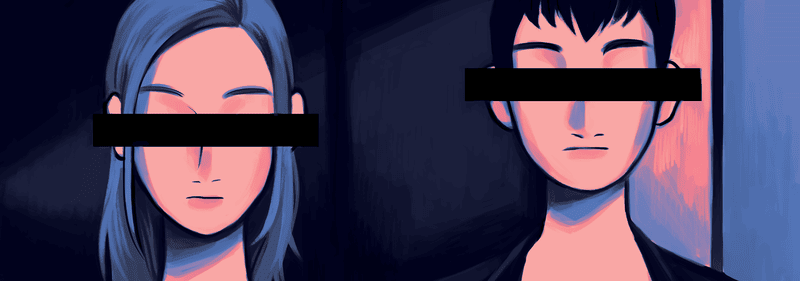
Parasite: Spatial Dynamics created through Architecture and Film
Lizzie Tjahja, Creative Director
April 28, 2023
An exploration of spatial dynamics created between architecture and film narratives. How do director Bong Joon Ho and production designer Lee Ha Jun craft the relationship between the Park family home and the characters of Parasite?
On Halloween night in 2019, my then-roommates and I scrambled out of our dorm rooms to catch the bus to the only showing of Parasite at a theater in Downtown Santa Barbara. I initially walked into the movie with a misunderstanding, believing it was actually a live-action version of the anime Parasyte - a gruesome horror anime about actual aliens - but a few minutes into the movie, I realized I was wrong and instead encountered a film that left me fascinated and brimming with questions. In the final moments of the film, I felt ecstatic. The combination of comedy and thriller and the beautiful execution of each scene was inspiring and left a huge impact on me. Parasite had introduced me to the dynamic qualities of films, particularly qualities unique to to non-Western cinema. The director Bong Joon Ho was an eccentric, brilliant director, causing me to seek out more films of a similar genre and beat.
 source: dezeen
source: dezeen
Anybody who has seen Parasite remembers the sleek, modern, and unnerving modern home of the wealthy Park family, designed by production designer Lee Ha Jun. The house is surrounded by a vast, flat green field that overwhelms each shot with the greenery of the grass and the endless forest in the background. The Kims, a struggling lower class family, find themselves slowly becoming “parasites” in the home of the Parks and unearthing the home’s dark secrets in a sequence of events that ultimately end in tragedy. Like most wealthy homes in both film and in real life, it secludes itself from the rest of the world, with no traces of Seoul or urban life in any close proximity. Though the architecture of the Park family home is impressive from an aesthetic point of view, the spatial design of the house ties into the plot of the movie quite interestingly. The characters of Parasite are unique and impressionable, but I would argue that the house is just as notable as the families themselves.
In an interview with Bong Joon Ho, the director mentions “infiltration” as one of the key concepts for the film and the set design of the house.
“I had to really meticulously design the house itself. It’s like its own universe inside this film. Each character and each team has spaces that they take over that they can infiltrate, and also secret spaces that they don’t know. So the dynamic between these three teams and the dynamic of space, they were very much intertwined and I think that combination really created an interesting element to this film.”
As Bong explains the design of the house, I couldn’t help but think about how he mentions that “each character” and “each team” uses the house to what they believe is to their advantage. It makes me wonder what role does the house actually play? Depending on the spatial dynamic presenting itself on the screen, the house could play an antagonist– a divider between the social classes and a status of wealth, or a deuteragonist– a means for the lower class to move-up, access, and take advantage of the wealthy spaces.

It would be interesting to think that in a way, the house betrayed all of them. But is space capable of betrayal? Or do we blame the creator of these spaces? Or do we point to the people who use those spaces? At the climax of the movie, we see that no one wins. The contrast of blood on the bright green grass is compelling, as the house indifferently watches the violent scene unfold on the other side of its tall glass facade. As both families fall, the house still stands, its secrets well-contained. It traps the father and mother of the Kim family in the depths of its basement while the next, clueless rich family occupies the upper space yet again, possibly implying a cyclic relationship between house and occupant.

Parasite is one of the many examples of how architecture and film can create interesting narratives through clever and thoughtful spatial design. Architecture is a driving force that causes characters to act in certain ways with the spaces presented to them. It can also be used as a visual tool that can deceive the audience. The open, wide floor plan of the house is an example of this, where opportunities for secret corridors and staircases seem nonexistent within the vulnerability of a perfectly manicured, uncluttered modern home. The use of architecture as a narrative tool in films is not new, and quite common. But I find the different ways architecture is used in different genres and directors to be quite fascinating. As the worlds of architecture and film both evolve, I’m intrigued to see how filmmakers and architects will continue to cultivate the relationship between the two mediums across different stories.
Sources:

No one has commented yet. Be the first!